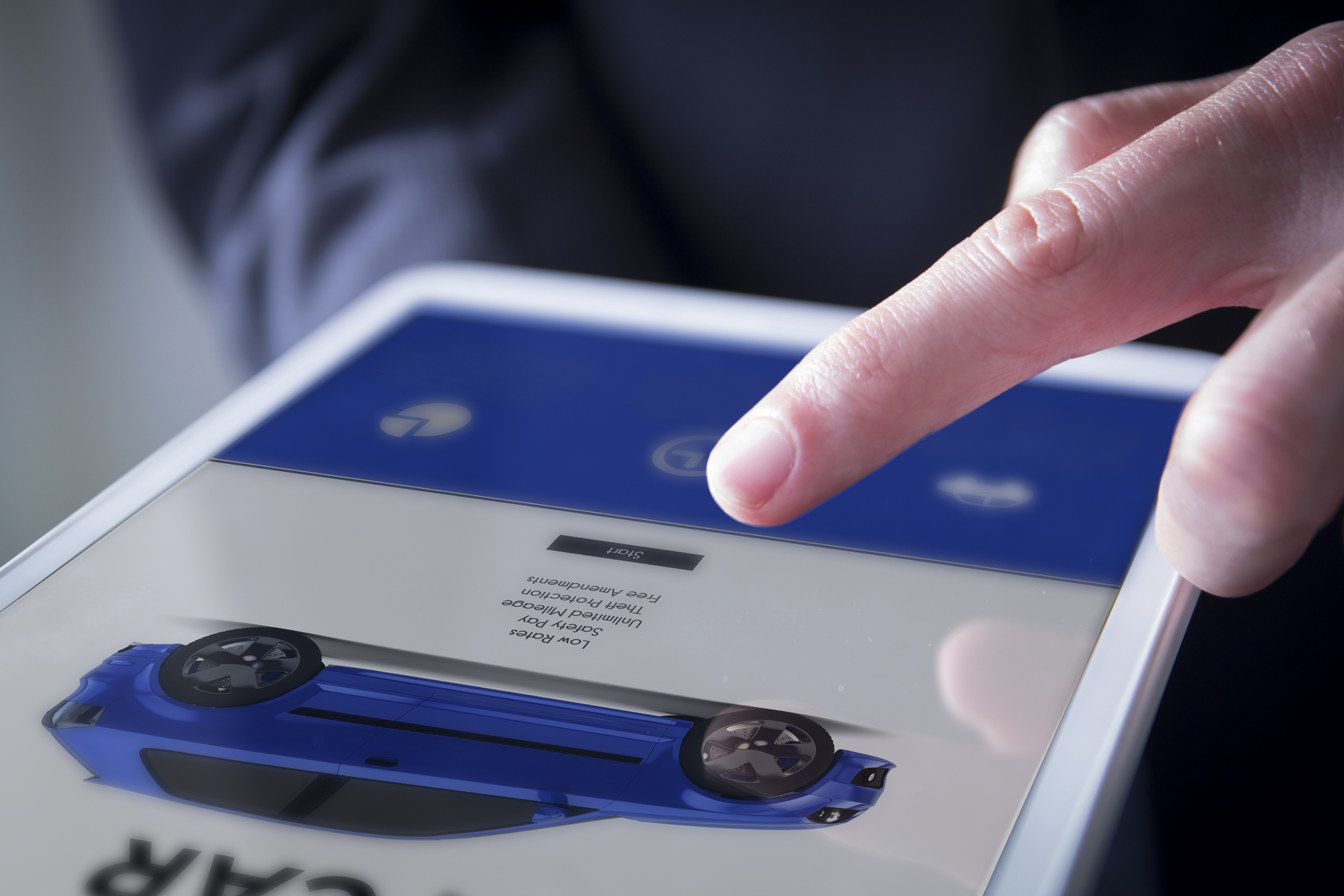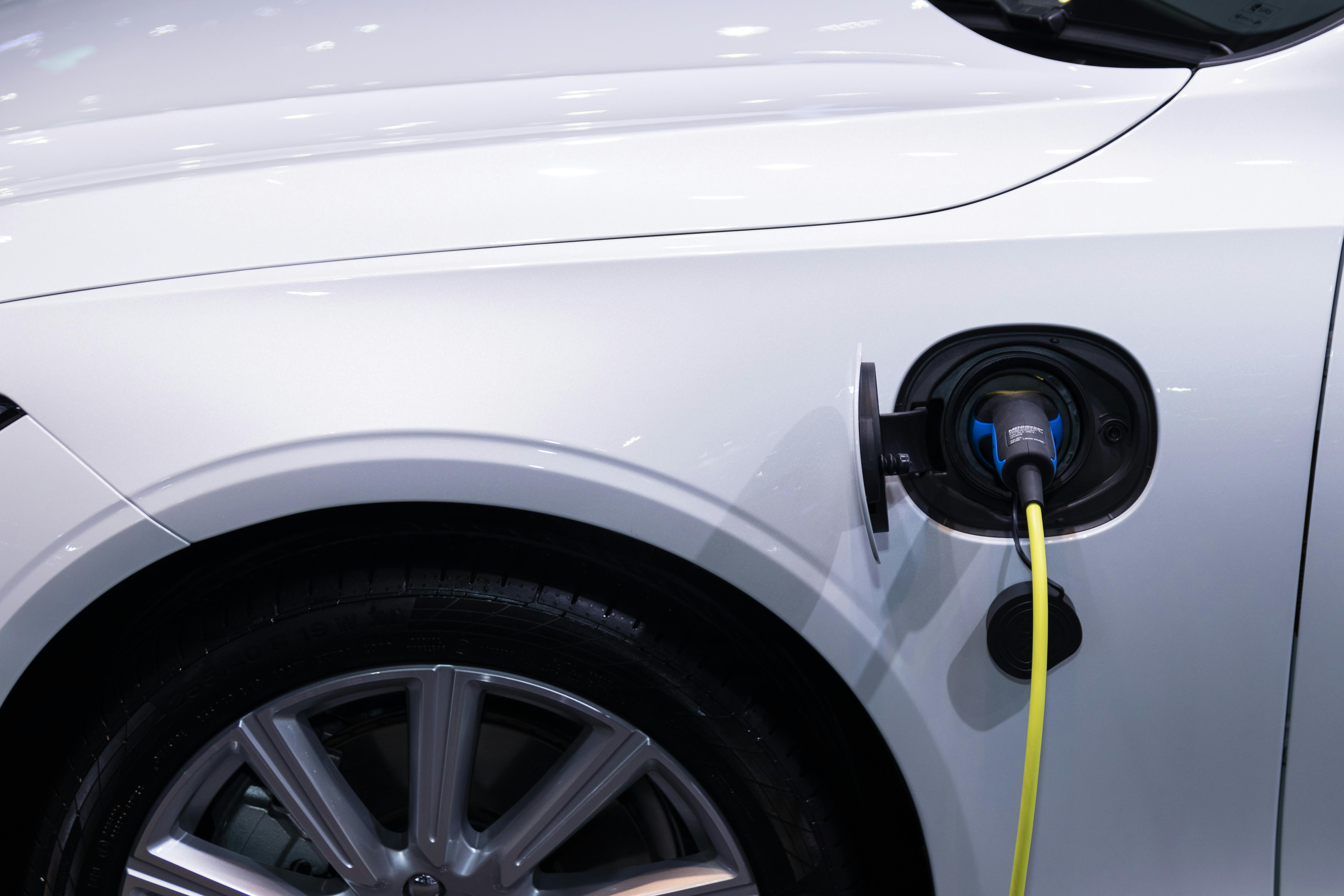Author: Paulo da Silva, VP of Ecommerce Operations

The idea of consumers buying their vehicle completely online used to sound like a crazy idea, right? As the automotive industry has evolved—and quite frankly online shopping in general—the desire and capability to buy vehicles completely online has taken the automotive industry by storm. Let’s take Mark. He saw an ad for his dream car, started searching online and found it at his local Honda dealer website. After he personalized his payment, he was able to start the financing process, provided required personal documents, signed a contract, and now his dream car is being delivered to his front door. All this is being done in the comfort of his home without having to engage with dealership staff via phone, email, text, or in person. During this online shopping process, however, support is still always available should the consumer decide to engage with a salesperson from the dealership.
With this shift in the car buying process, there’s an amazing opportunity for dealers who are ready to supplement and transform their business by implementing true ecommerce into their operations to stand out from the competition. As we define true ecommerce today, it provides time savings for consumers and dealers through automation capabilities, allowing them to complete a full transaction from end-to-end.
Through research at Cox Automotive, we discovered two growing segments of car shoppers:
- Efficient Independents: Mostly open to buying completely online in the future and prefer test drives and purchase delivery.
- Guided Innovators: Have an increased want to start the car buying process online and seek website that allow them to complete more purchase steps online.
75% of these of these two fastest–growing car shopper segments said within the next five years they would buy ENTIRELY online. The shoppers in these segments are forward-thinking and already – do 10 out of the typical 13 car–buying steps online. Preparing for these consumers who will make up most of future car shoppers is crucial to ensuring your dealership is not left behind.
In this two-part blog series, you will get a glimpse of what we think the current state of automotive ecommerce is, and what dealers should know about what the road forward could look like for consumers buying cars completely online.
Where is automotive ecommerce today?
Ecommerce is an emerging channel, and we are seeing consumers who want to go through the car buying process entirely online, from end-to-end, with minimal handholding from retailers. The convenience and flexibility that it offers is an attractive option for consumers.
But while industry ecommerce adoption is still in the beginning stages, dealers who want to get ahead of the curve can be strategic by investing where consumers are going to be in the mid to long–term.
Dealers who are ready to embark on this journey need to commit to the long game, so their ecommerce business is built in a way that’s sustainable. If a dealer is expecting 30% of their sales to come from full ecommerce straight out the gate, those dealers are probably not in the position to really start seriously investing. Dealers should strive to be trusted sources as this ecommerce journey continues to ramp up, but need to recognize that the economics of this are going to improve over time. Thus, understanding the importance of getting into the ecommerce space sooner, rather than later, will make the difference between the dealerships who come out on top.
Why is it important for dealers to execute an omnichannel approach that still involves the in-store experience?
There will be a growing segment of your business that’s going to be truly 100% online and this segment will continue to grow over time. However, through our learnings in 2023 the majority of consumers prefer an omnichannel approach to car buying. Omnichannel is considered that idea of back and forth during different points in the transaction from online to in–store, and often back online again. Omnichannel ecommerce can be a bridge that dealers could use to get more and more experience at guiding consumers from online to in–store at different parts of the journey.
But omnichannel is also the destination itself. Even when ecommerce is at maturity, we expect the majority of transactions to still involve the in-store experience in some way. This means that the majority of consumers are still omnichannel, and dealers still need to focus on the in–store experience and creating a seamless journey no matter where the consumer finalizes the deal.
What role do digital retailing tools play in becoming ecommerce ready?
Digital retailing allows dealers to help consumers do pieces of the car buying experience online. Through this process the consumer starts the deal online and can take the deal from a credit app submission to sometimes even a credit decision, but at that point, dealership personnel will need to engage with the consumer to usher him or her through the deal. So, while technology plays a big role, the digital retailing process is largely supported by a person in the dealership. While digital retailing is not true/full ecommerce, implementing DR tools is a step in the direction of ecommerce. which is just pulling in more and more pieces of the transaction online.
Digital retailing helps lay the groundwork without requiring major channel strategy shifts because at the end of the day, the consumer still wants to come in to complete the deal so it can mirror the existing in-store approach.
What other things should dealers be focused on to prepare for the ecommerce road forward?
We will dive deeper into these focus areas in the next blog, but there are three areas dealers should focus on:
- Building trust and rapport through content: Provide content about cars that answers consumers’ questions before they ask.
- Establish a mature review program: Proactively collect reviews, and showcase high-quality, detailed reviews—providing incentives where it makes sense.
- Prepare for a data-intense world: Partnering with companies like Cox Automotive that help uncover the full picture of the consumer.
These three focus areas will lay the foundation dealers need to fully adopt an automotive ecommerce world. And there are so many benefits of being an early adopter in this space versus taking a backseat approach. These are things that you must start doing today to be ready for what will be an expectation down the road.
In our next blog, we will walk through the key focus areas. We will explain the value of building an extensive set of positive reviews online, creating relevant content and maximizing your data so you can start working out the process kinks while scale is relatively small. This will ultimately help you appeal to a new segment of customers and reach new markets.
In conclusion, ecommerce is a preferred pathway for a growing group of car shoppers and dealers should be thoughtful and patient with their implementation of these new tools. It’s important to remember that ecommerce shouldn’t be a siloed part of your strategy. It should be integrated into your existing channels to work cohesively, not with separate teams, brand and inventory. This shift will not happen overnight but is a long-term strategy that will pay off with diligent preparations and consistency.
To find out more about Cox Automotive eCommerce, visit our website here: https://www.coxautoinc.com/solutions/ecommerce/


